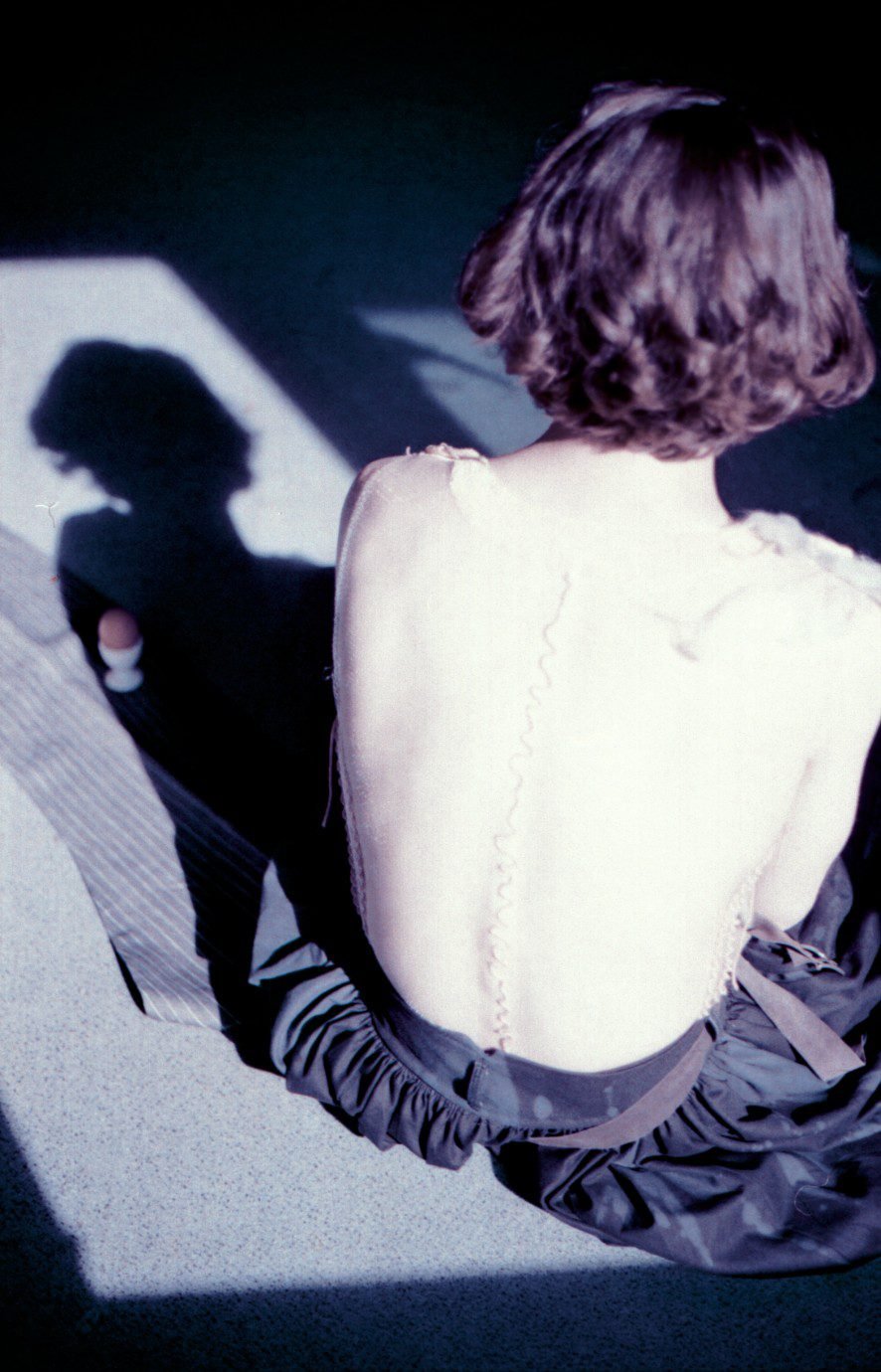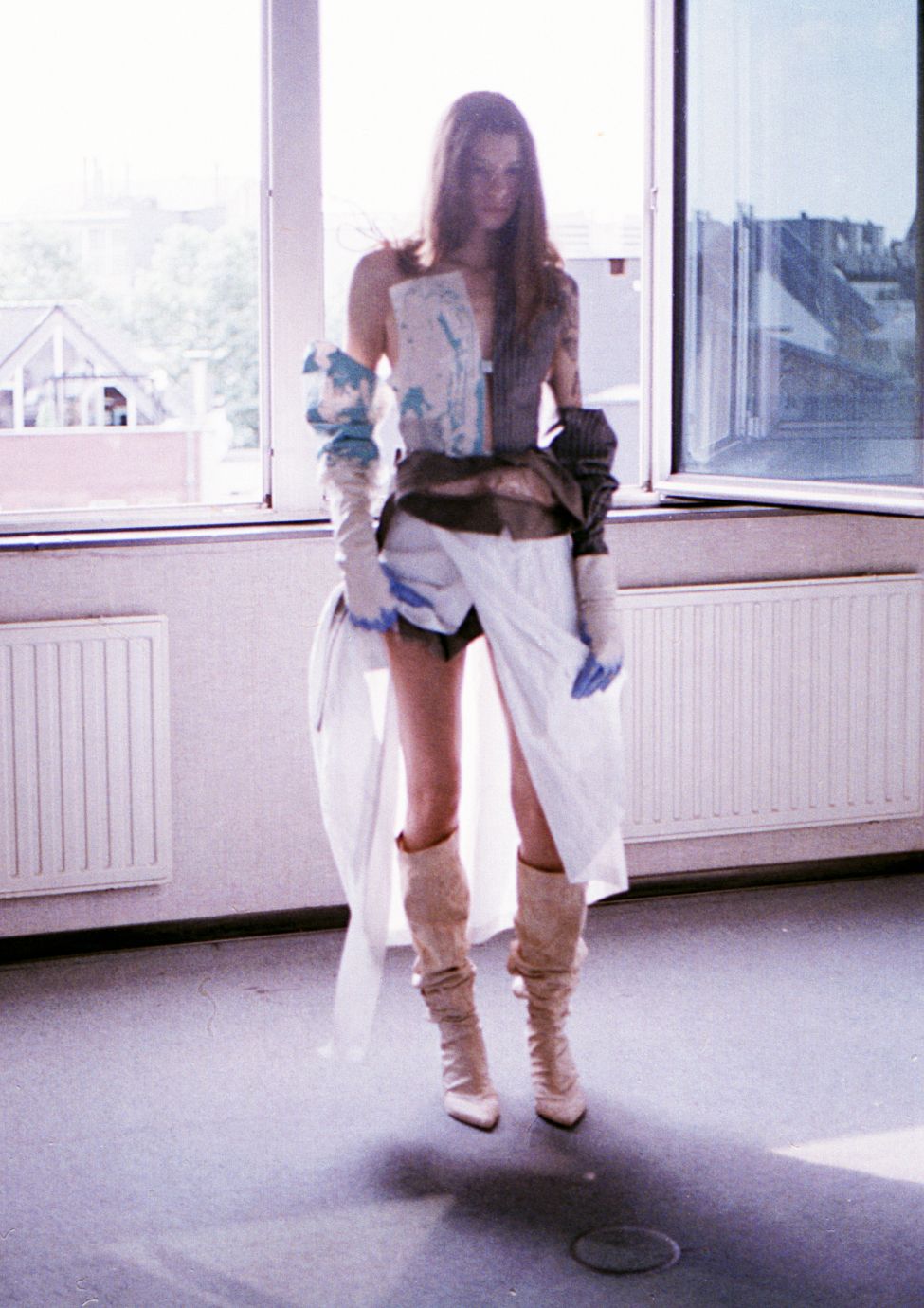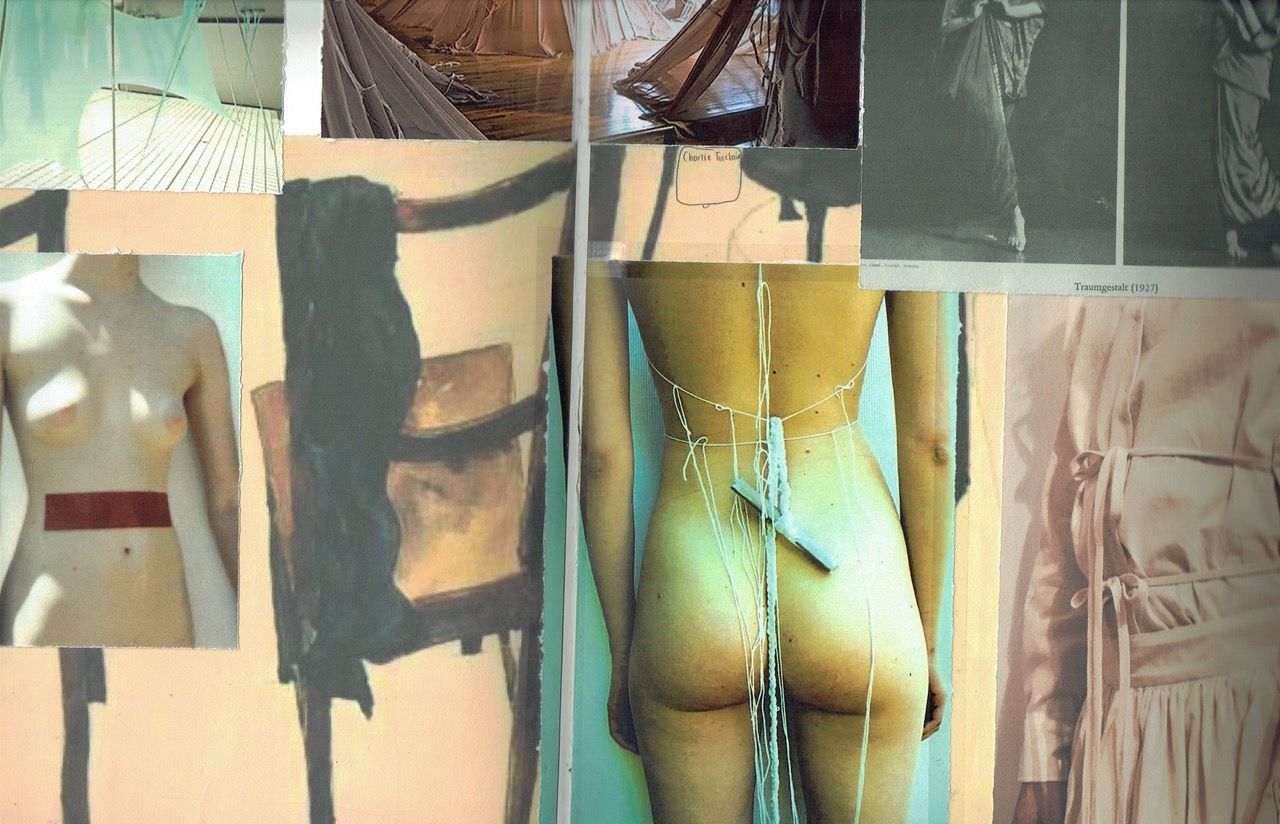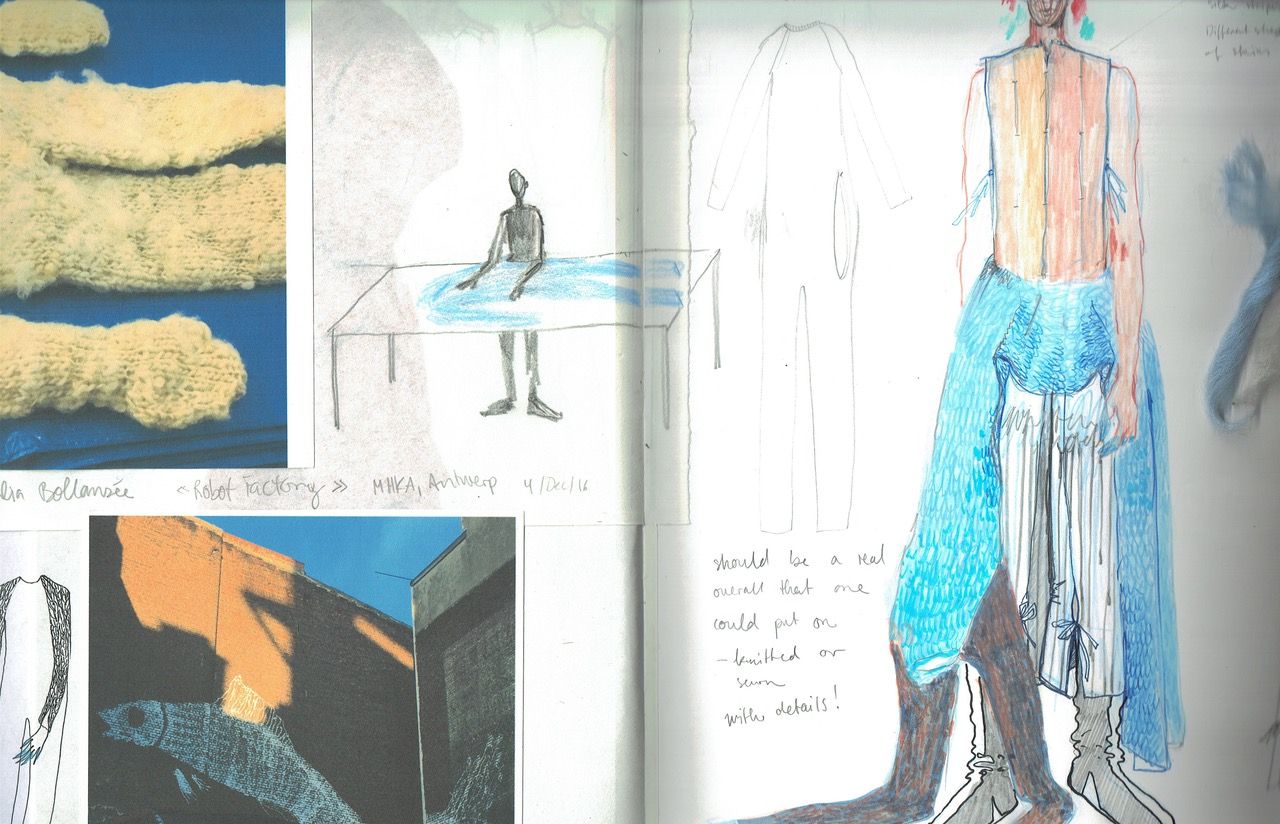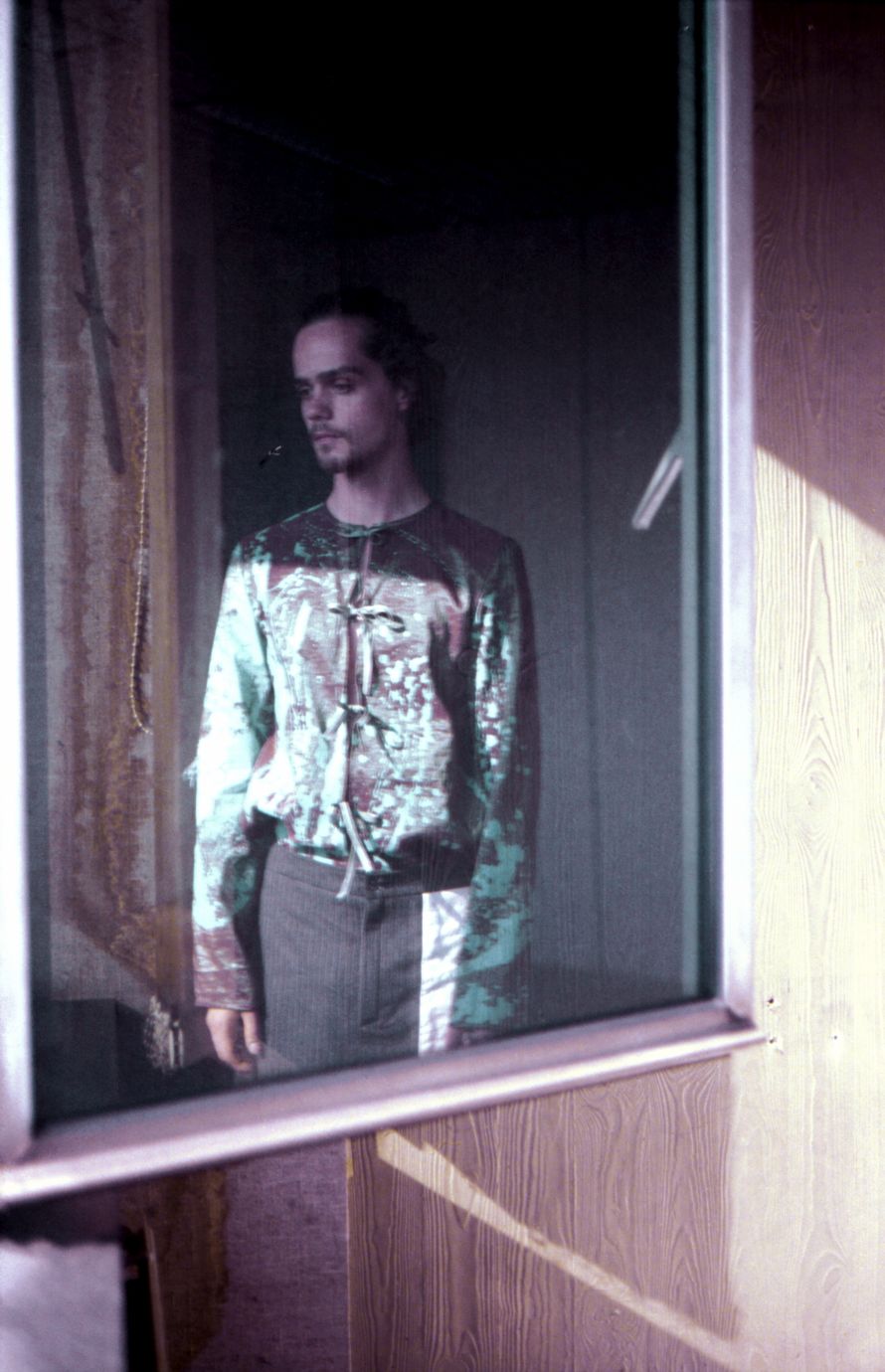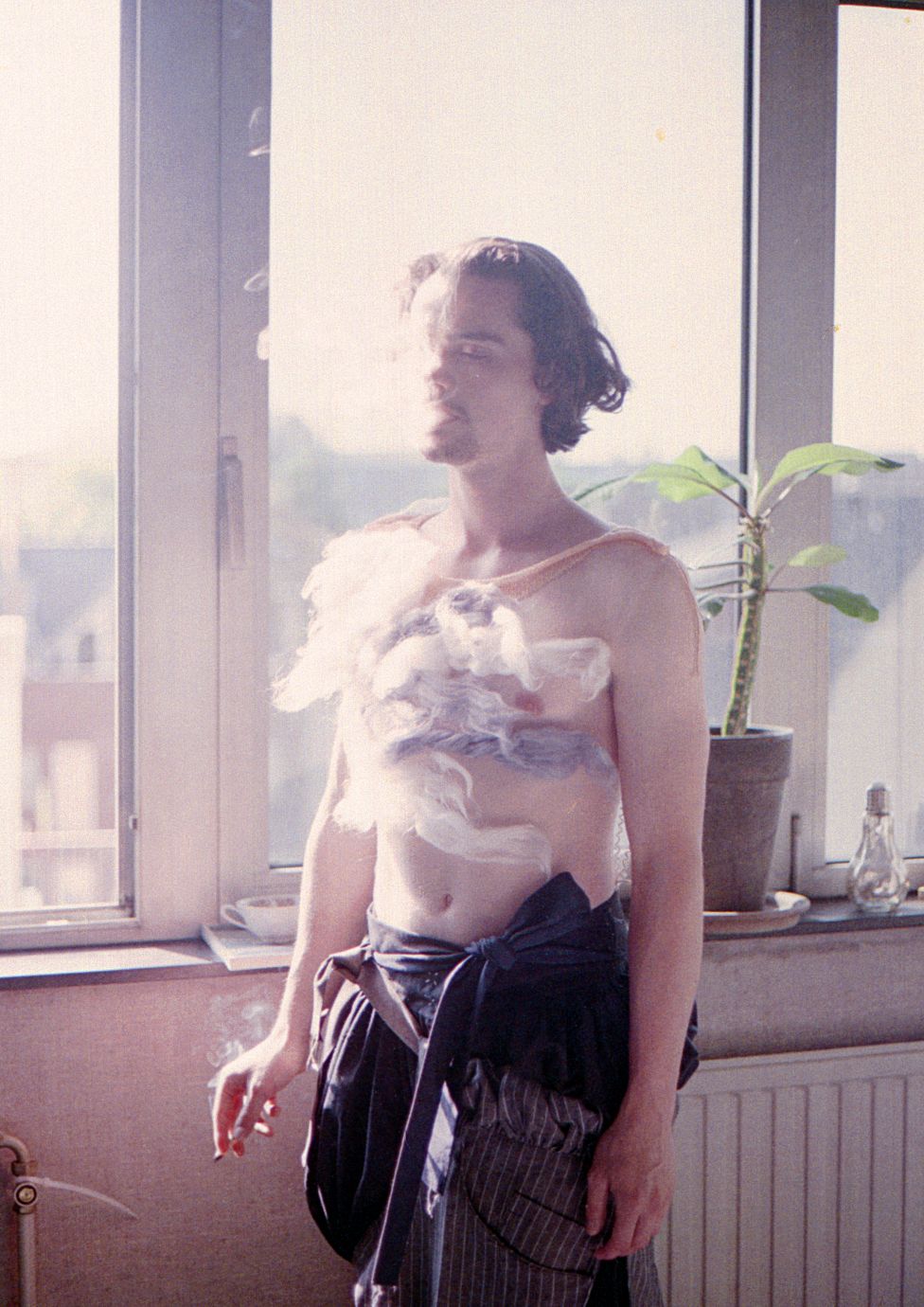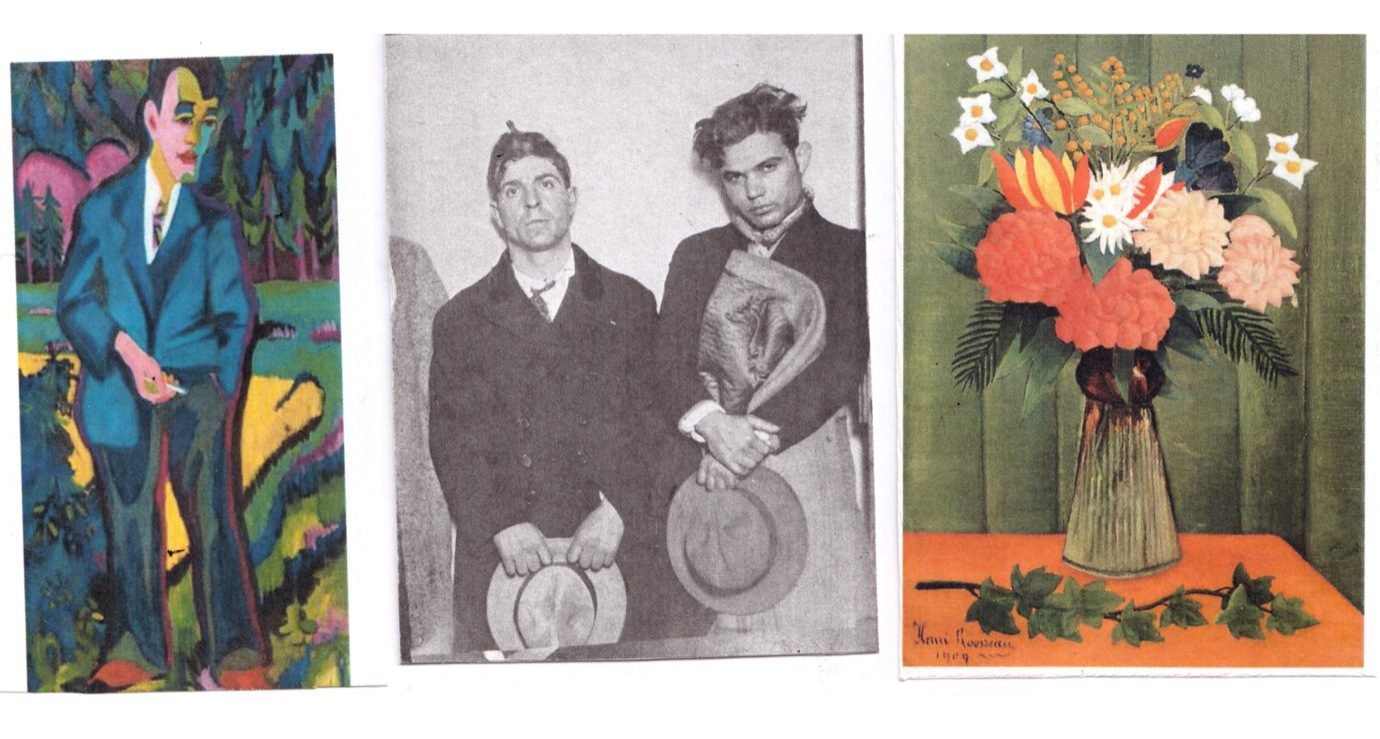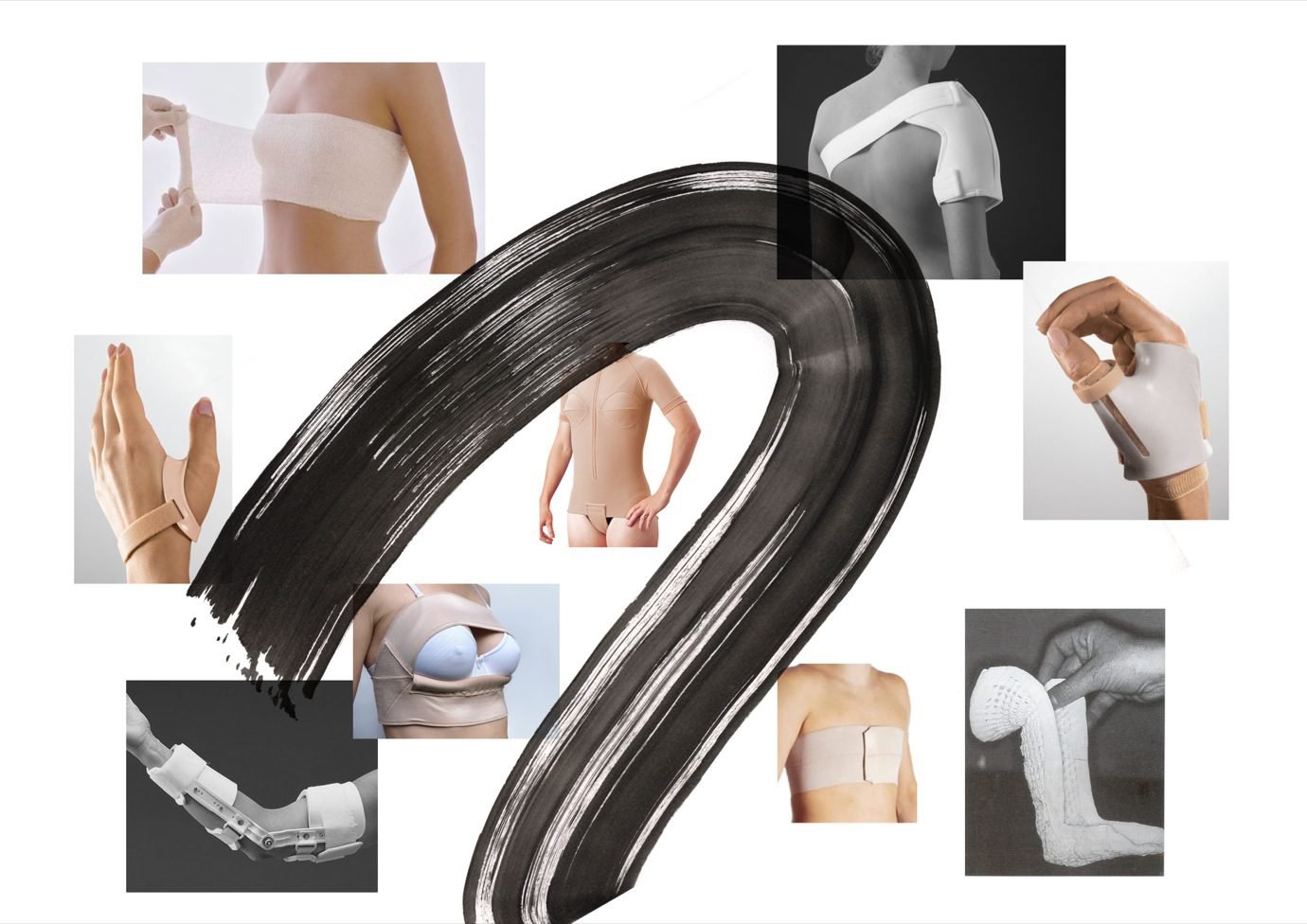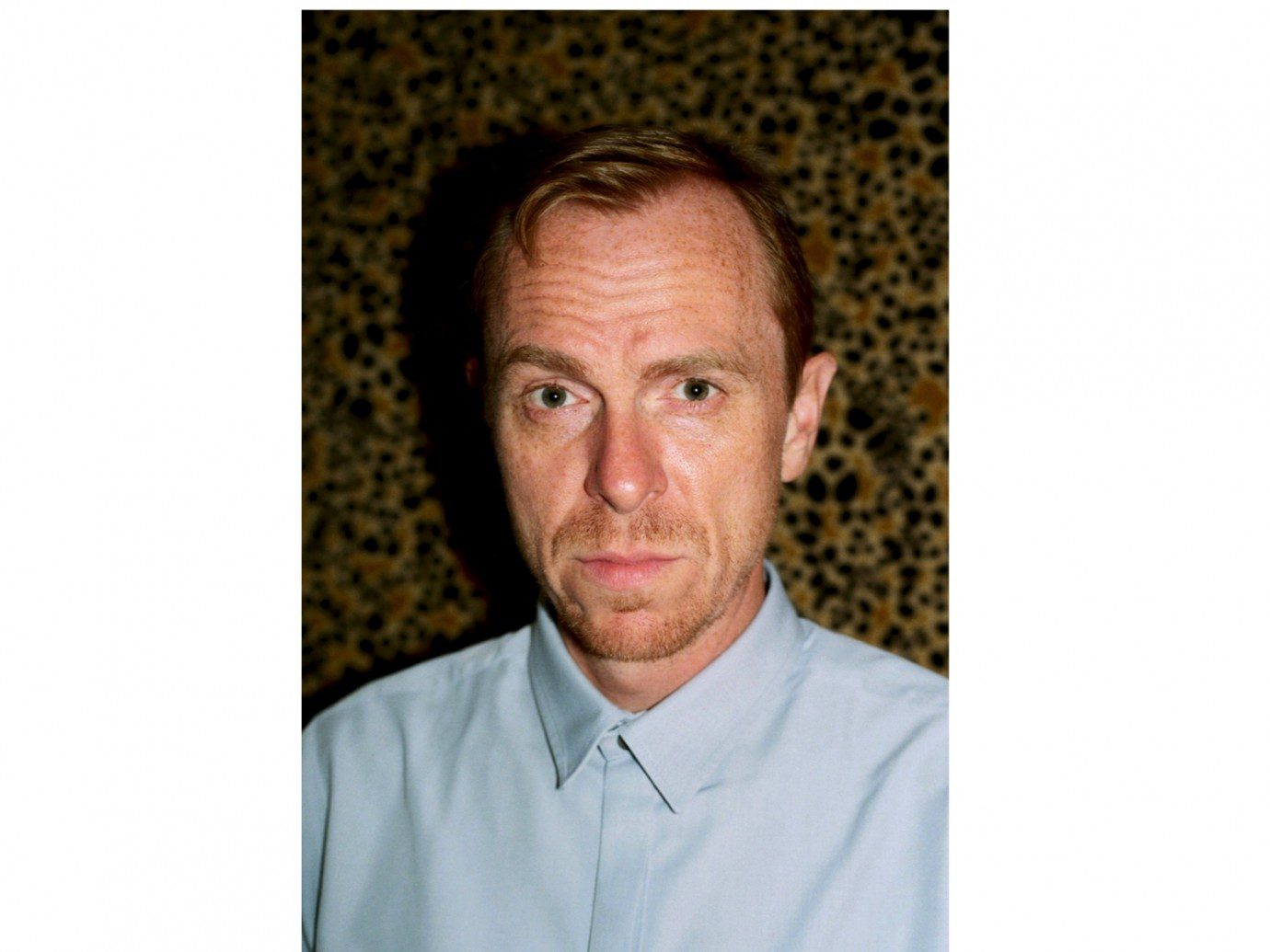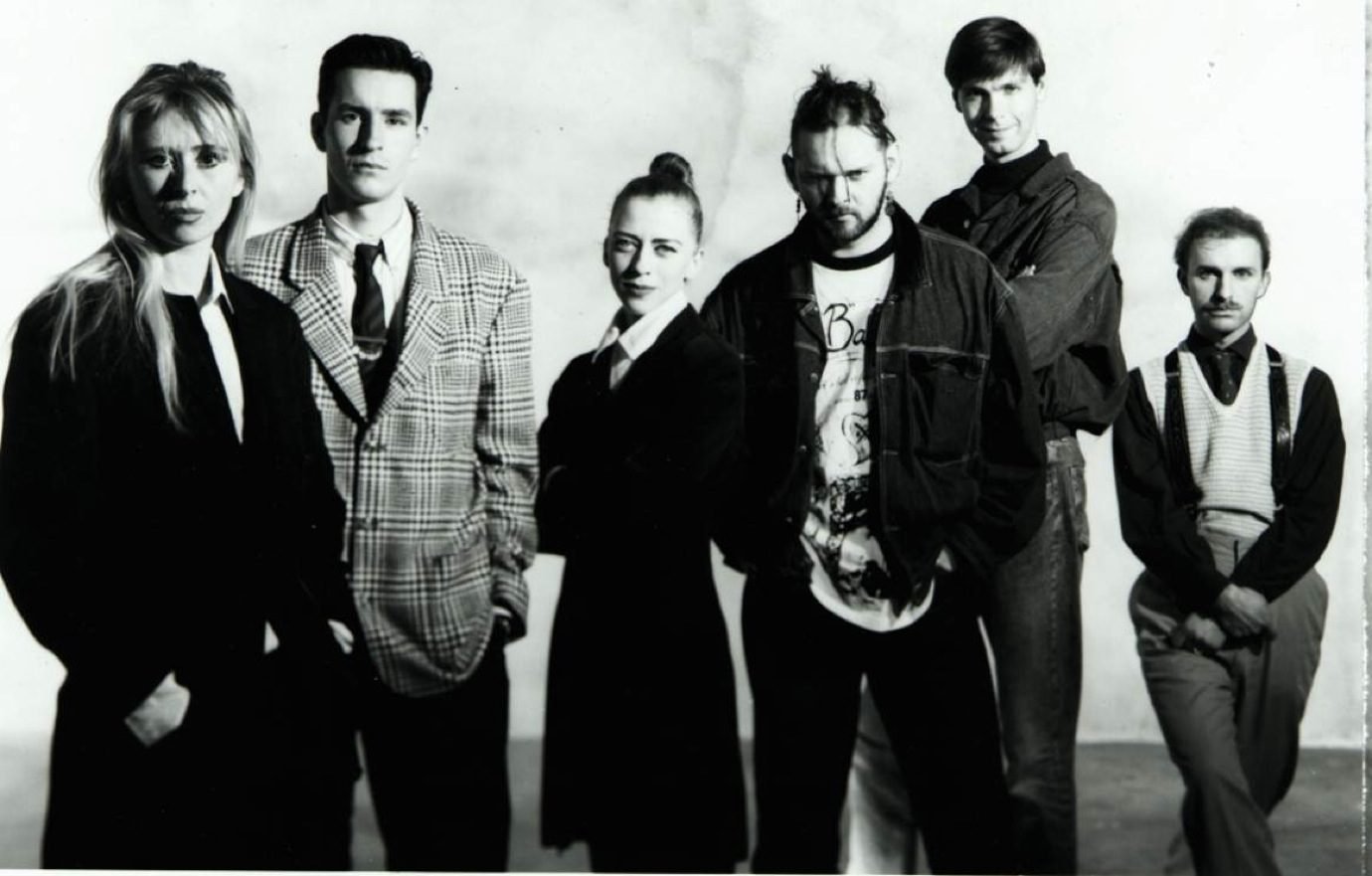When she was little, Antwerp student Julia Ballardt used to create her own sacred space with her friends, a place without boundaries, where they felt safe and untouched. All parents and conventions were left outside, everyone was equal, nothing else mattered, and so they found a great deal of intimacy there, in comfort and unity. The light shining through the fabrics was magical and softly altered the tones of their skin. This feeling as a child, when you switch off reality by building your own castle out of blankets and cushions, was the starting point of her BA collection. And it seems as if she has carried that feeling into the present, describing everything in her apartment, each book, plate and picture as an extension of herself ‒ recreating that safe zone.
“It seemed like a long lost, irrelevant story at first. But as soon as I allowed myself to dive into this very personal topic, I discovered a liberating purity and honesty within myself,” she says. Julia drew inspiration from Joseph Beuys’ “Filzanzug” for example, discovering how different pictures of the same material can vary in shade, and how those different shades can actually enhance each other. It’s similar to human skin tones: there are nuances of similar colours, but no two humans have exactly the same.
Naked skin and eroticism also played a part, but in an innocent, curious way ‒ “almost like the children we were, discovering each others’ bodies for the first time. It had something very gracious that I saw again when I first started fitting my toiles. My model touched his hair in a certain way and suddenly the picture of a dancer appeared in my head. The image of this sensual, quiet, observant character wearing my collection was almost complete. It was astonishing, how all these ideas have come from a seemingly boring, irrelevant, little story.”
In the design process she was guided by the words of a graduate from the academy, Alexis Gautier, who said that “in our creations we collage our past together with what we love.” So Julia decided to use faded colours, because she prefers the palette of an old photograph over loud, screaming reds and yellows. A bit intimidated at first by the colourful designs of her classmates, teacher Walter van Beirendonck encouraged her to follow her gut feeling. His role is not to dictate a way, but to open doors and so he did. Feeling nourished, she chose to reference classical menswear in details and materials and started a manifold research by “playing” ‒ by writing, listening to fabrics when she crumbles them and creating textures using pastel-crayons.
Julia wanted the garments to show visible, tailored references to create a sleek, rhythmic image that would be a mix of emotion and technique. A technical highlight are the transparent knit-tops made out of nylon thread, making the raw wool attached to it look as if floating around the body. It is the perfect solution for a garment showing skin and the body as a volume. There are more hidden secrets in her collection (like the hidden 9th silhouette), as she loves inventing details that you only find upon deeper investigation, creating “a small cosmos, slowly unfolding.”
At times of struggle, the thought of a photoshoot at the end of the process motivated her, because it allows her to “create a world not only within the garment, but around it. It feels like I can choose how my work is perceived, as opposed to someone inspecting my silhouettes in a random setting.” Here, she challenged herself as well, by having Eva Donckers, who hadn’t photographed fashion before, only use analogue film. The result is proof of high levels of spontaneity and intuition from both sides and confirms Julia’s biggest insight this year: “Be courageous. I find it so rewarding to dare to dig deep, although it can seem frightening. I will definitely take this knowledge with me into my master collection next year, to explore unknown depths and really engage with my topic.”
Her collection is like a whisper in a silent room and spawns curiosity for what will be revealed, or concealed by her in the future.

